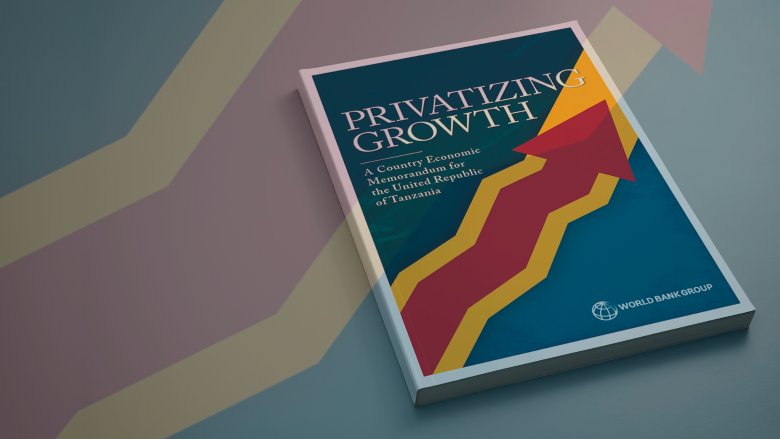DAR ES SALAAM, December 19, 2023—Tanzania’s exports experienced a remarkable surge between 2000 and 2012, growing by a staggering 6.5 folds. As a result, the exports to GDP ratio increased from 9.6 percent to 20.9 percent. Since then, however, there has been a marked slowdown in export growth and their contribution to GDP decreased to 14.3 percent by 2021.
The composition of Tanzanian exports has also changed over the years. In the early 2000s, agricultural products dominated the export basket, accounting for 57 percent of total exports. However, by 2021, extractives (mostly gold) accounted for more than half of all exports, and these are sold largely to Asia and other African countries.
This is just one example of the profound shifts that have reshaped Tanzania's economy over the past two decades, which, according to a new World Bank report, could jeopardize the sustainability of the country's growth momentum and hinder the realization of its full development potential.
The newly launched Country Economic Memorandum for Tanzania, titled ‘Privatizing Growth’, shows that while the country has exhibited robust growth, surpassing many developing countries, the growth has not resulted in a rapid poverty reduction as expected.
“Tanzania’s GDP growth rate has remained steady over the past 20 years and has even been higher than in most developing countries during the COVID-19 pandemic,” said Emmanuel Mungunasi, World Bank Senior Economist and co-author of the report. “However, the drivers of this growth, as well as the effects of growth on socio-economic outcomes, have changed between the two decades and these changes have come with significant limitations.”
Aside from the shift in exports, the report highlights other concerning aspects of Tanzania’s growth model, including a slowdown in structural transformation. Between 2006 and 2014, 72 percent of labor productivity growth in Tanzania was attributed to structural change, which refers to the movement of labor from low-productivity sectors to high-productivity sectors. However, between 2014 and 2021, the contribution of structural change to labor productivity growth has decreased by 5 percent due to changes in the policy environment, which was worsened by the pandemic. As of 2021, about two-thirds of Tanzania's labor force was employed in agriculture, which only contributed to a quarter of the country's GDP.
Additionally, Tanzania has become increasingly reliant on public infrastructure investments. This shift has been driven by a slowdown in reforms and an expansion of public projects in the transport and energy sectors.
“As public investments and the domestic market increasingly drive growth—as opposed to private investments and exposure to international markets—Tanzania's new growth model faces challenges in terms of making the domestic market more robust and inclusive, and managing fiscal risks associated with public infrastructure projects,” said Harun Onder, World Bank Senior Economist and co-author.
The authors recommend a growth pattern characterized by greater balance, speed, and inclusivity in response to these constraints. They emphasize that future economic growth and fiscal balances hinge greatly on nurturing a domestic private sector that ensures the widespread distribution of economic activity, jobs, and income throughout Tanzania. Failure to achieve such broad distribution may lead to sluggish growth in an increasingly domestically oriented economy. They recommend the privatization of growth through five priority policy actions:
- Accelerating the implementation of business climate and investment promotion reforms. Removing current obstacles, without erecting new ones, is critical for more sustainable and private sector-driven growth in the country.
- Boosting inclusion and resilience by aligning social policies with the domestic market orientation of the current “growth model”. This calls for scaling up social protection with a more institutionalized approach and promoting adequate access to healthcare.
- Improving productivity and resilience in agriculture by addressing the drivers of low productivity—limited access to technology, finance, and skills. The rapid scaling of adaptation efforts is also key.
- Leveraging the upside potential of Tanzania’s tourism by addressing several long-standing regulatory and infrastructure bottlenecks to attract and mobilize private investors.
- Harnessing regional integration to unlock Tanzania's export potential, hindered by low productivity and high trade costs including logistical and procedural challenges.

